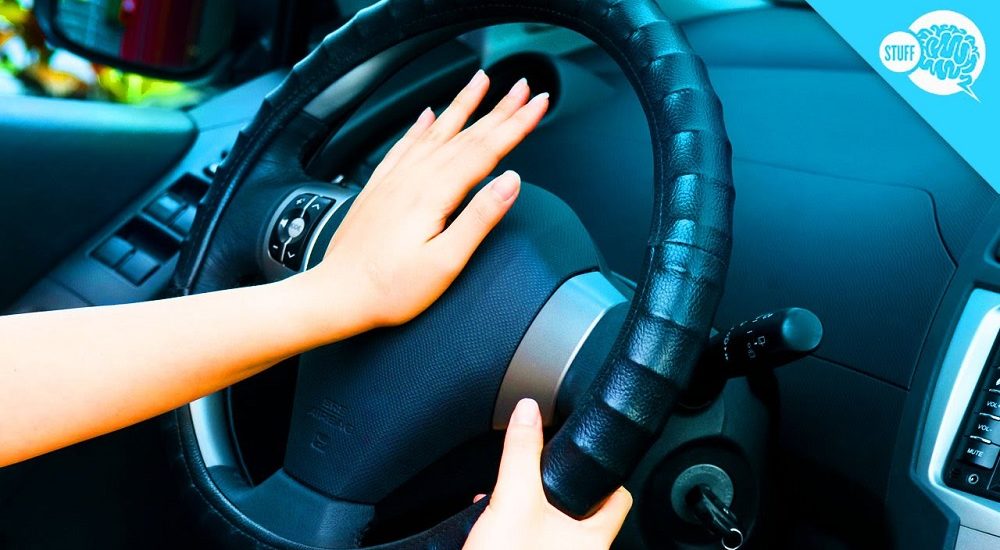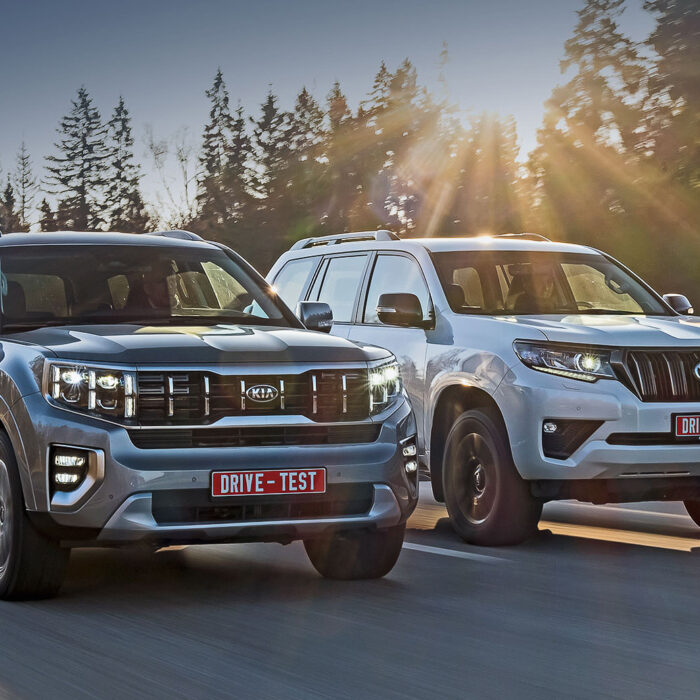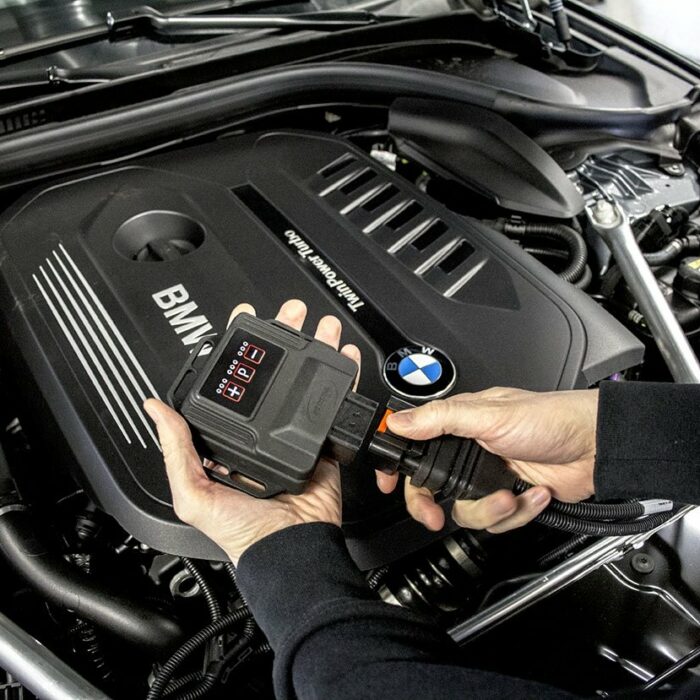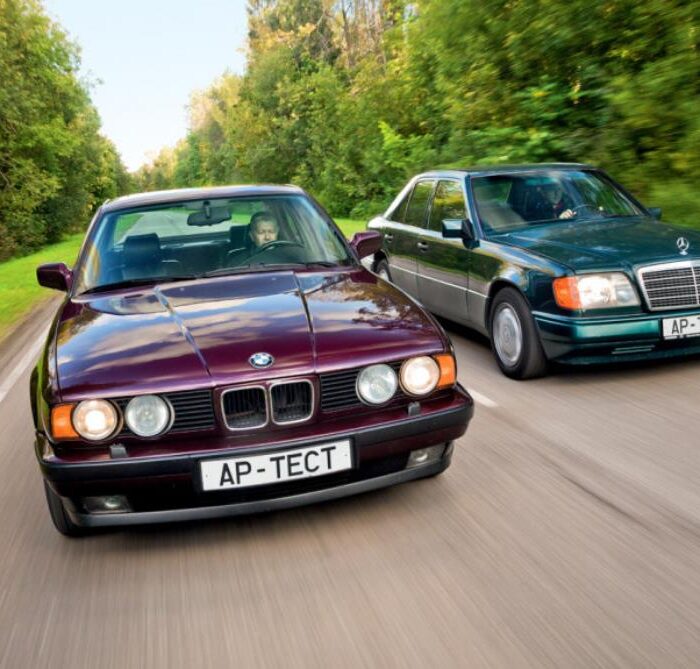Every driver dreams of making his car unique. The sound of horn is one of those ways of standing out from the crowd. Today one can choose his or her own unique melody, adjust sound intensity and make it one of a kind. Let’s try to consider the types of modern horns since they are the same secure elements as seat belts, etc.
Regulations of signal usage on the road
In Russia, there are no bans or state standards (GOSTs) on the volume or sound of the devices that emit a signal. What we don’t recommend you is to use custom signals and the so-called air-horns. As for the rest, you are allowed to warn other drivers and pedestrians of the danger, however, in residential areas, you are not allowed to do it all the time (in contrast with India for instance where drivers tend to honk everywhere and at everyone).
Types of car horns
There are two types of car horns: electromagnetic and air-driven. The latter make a sound by the air motion fed into a special tube by the pump. The tube itself vibrates and makes a noise. The way these horns work reminds of old fair old “buzzer” which were on horse-drawn carts and first steam cars. These air signals are quite expensive even regardless of the design and shape of the item. An air-driven horn may have several pipes or only one. However, a signal will be melodic only if you install additional program relay with electromagnetic valves on your horn which will open and close according to the corresponding program. The strength of the signal which an air-driven horn emits may reach 125 dB. The device frequency range simultaneously overlaps several sound areas. The horn is fitted with several pipes which make an upper tone up to 800 Hz and a lower one within 400 Hz. However, to create such an “orchestra”, you may need a pretty powerful pump that can provide a pressure equal to 6-10 atm. High-powered air-driven horns may emit sounds to be heard miles away. When in the woods, that may save animal’s lives since they tend to cross the road as well as careless people. In general, air-driven horns are quite expensive.
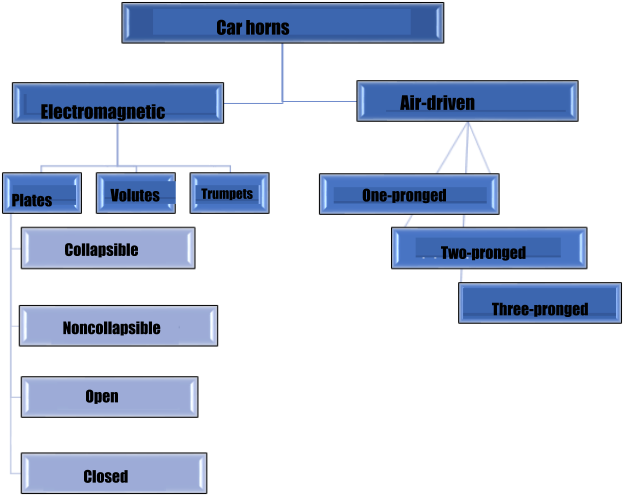
Types of electromagnetic signals
In electromagnetic horns, it is a membrane that vibrates that is powered by the core. Electromagnetic car horns are divided into several types according to the design of sound radiator:
- Disc horns (“plates”) are available in two configurations: collapsible and noncollapsible. The latter are more compact and occupy little space. Disc horns are also divided into open and closed according to their type and whether they are installed under the hood or out in the open. They are easy to install, however, there can be a self-combination of high-frequency signals (up to 440 Hz) with regular single-tone (up to 350 Hz). Otherwise, a device will be a two-tone at once.
- Disc horns (“volutes”) are more difficult to install. It’s all about the curved shape of the bell and a condition that an open end of the pipe must be forward. Furthermore, these models are bigger in size. The signal power of these devices may reach 118 dB at the frequency of 510 Hz. The so-called “volutes” help to get a more than loud signal so that you feel eardrum pressure. The so-called “phonograph” horns are often available in two-tone configuration, however, additionally can be fitted with a relay which will transmit the voltage to both coils by turns and as a result, a specific melody will play.
- “Trumpet” disc horns. In this case, a projector looks like an elongated “volute” that resembles either a horn or a pipe. These items are easier to install, however, they make a worse sound.
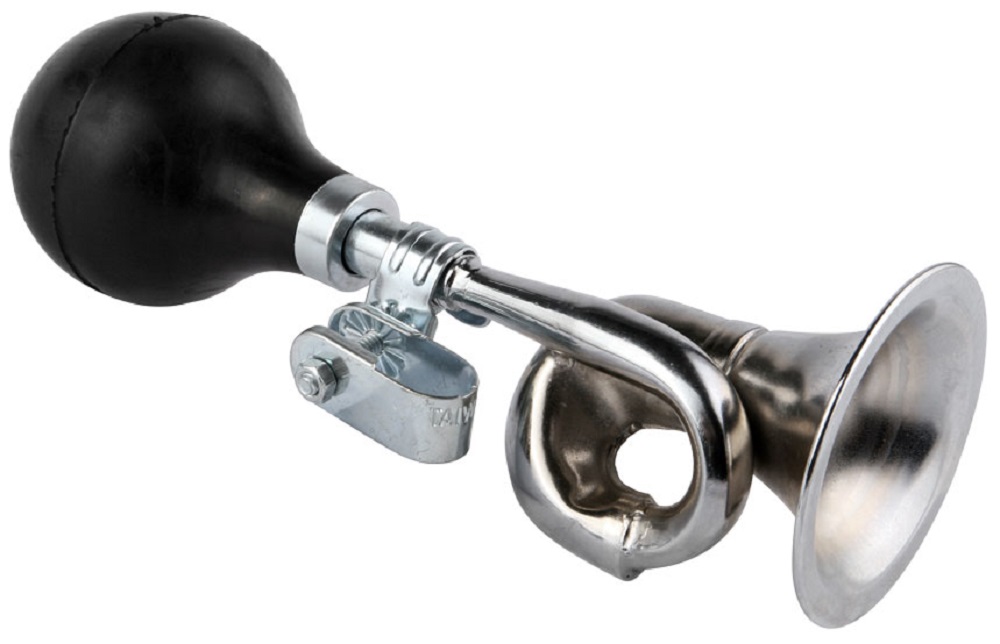
Traffic regulations prohibit using no horns. However, it’s up to you to choose what horn you are going to use. You should keep in mind that not only a horn makes a trip safe but also having your driver’s license with you. And especially if it’s your International driving permit. If you still have no International Driving License, feel free to apply here on our website. Open the new horizons with our IDL!

Published May 13, 2019 • 3m to read

